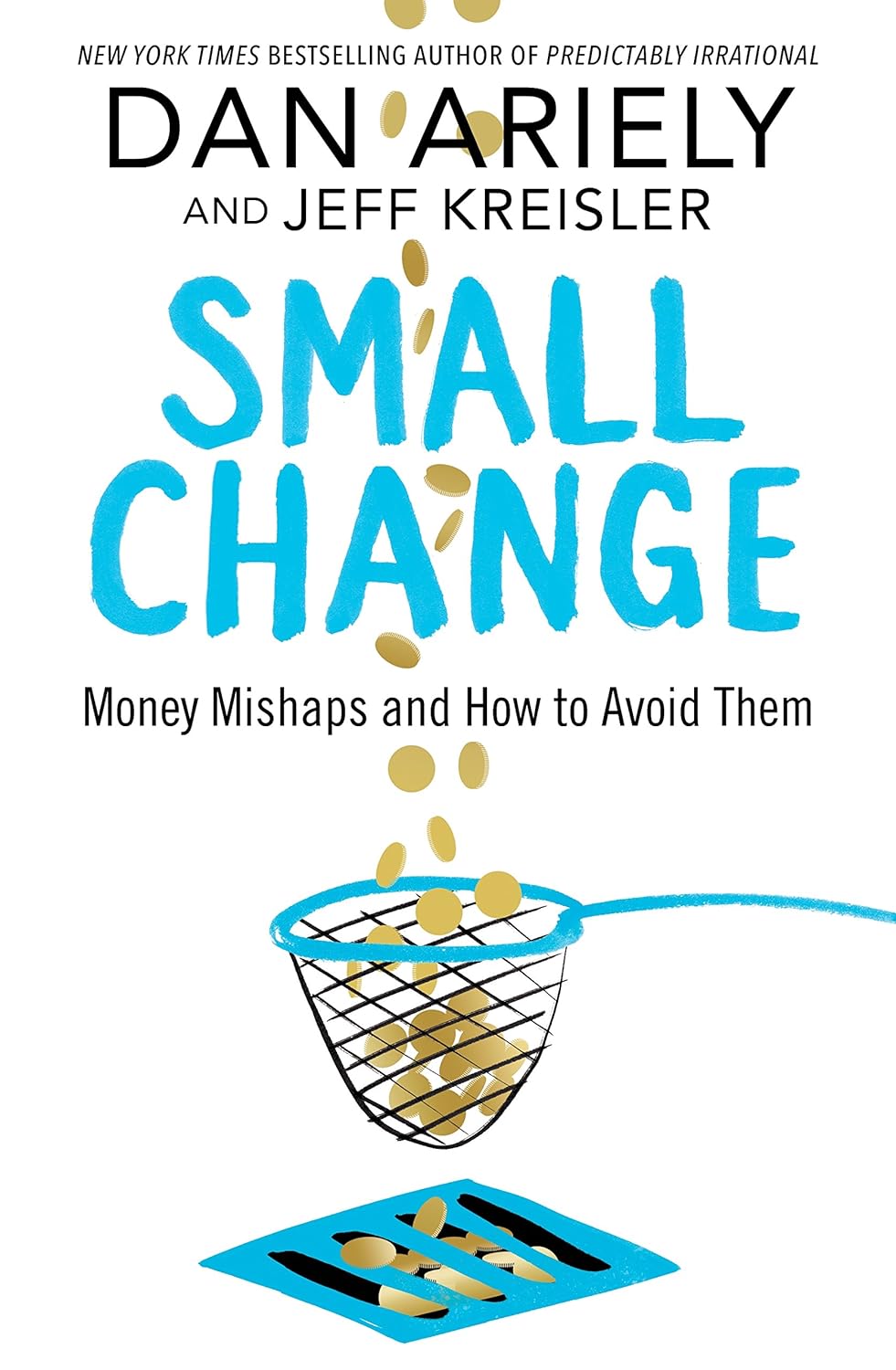Machine Learning & Pricing: The Implications of Unstructured Data
 PriceBeam
·
2 minute read
PriceBeam
·
2 minute read

There is nothing new to using data for dynamic pricing purposes. Even in the 50s, scholars did research on dynamic pricing mechanisms, demand-based pricing and differential pricing. And back then, data was king, too. Of course, in the 50s the data they used was very different and the amount of data at firms’ disposal was nearly as significant as today. After all, 90% of the world’s data was gathered within the last 2 years, so how could it?
Today’s algorithms are using all this data to dynamically price goods and try and match each customer’s willingness to pay as closely as possible. Browser data, price elasticity data, click-streams, and purchase history are just a few inputs that these algorithms use to set the right, value-based price.
What all this data have in common is that it is relatively easy to use as input: and the competitive edge belongs to those that use the most variables, and of course make the right interpretation and analysis from these variables. These are examples of structured data, and as this is organized data and relatively easy to include, firms can quite easily get inspiration from each other. Since the extraction of this data is not overly complicated, it is increasingly about including the most data points for accuracy -- and it is evident in sectors such as asset management that it becomes almost impossible to compete, with asset managers moving to passive investment strategies as the active, data-driven ones won’t give them a return high enough for them to beat the market.
Now, even though methods such as sophisticated backtesting make it possible for traders to gain some competitive edge, the new kid on the block is unstructured data.
What is Unstructured Data?
Unstructured data is pretty much the opposite of structured data -- completely disorganized data, and difficult to compile and extract. Using unstructured data includes analysing pieces of text, and more importantly make analytical conclusions that can be used as data inputs in algorithms. For example, traders and fund managers now utilize machine learning for analysing corporate filings, central bank announcements, and investor sentiment through analysing social media posts.
As compiling and using this data is much more difficult, it’s hard to copy which is why investors get an edge by using it.
Implications for Pricing
First, let me say that stock trading and ecommerce/retail are two very different areas. If you’re using structured data for dynamic pricing or even differential pricing, then you’re way ahead of most firms out there: if you’re using value-based pricing, you’re way ahead, too. But unstructured data could really transform pricing algorithms! Take product reviews, for example: there is more to product reviews than the number of stars, right? In order to understand customer sentiment more accurately, using machine learning to actually interpret how happy or how angry a customer is can really increase the sophistication of the ‘product review’ input in a pricing algorithm. Similarly, if influencers are praising your product on social media, then you want to know immediately so you can increase prices.
Unstructured data is still a field undergoing major development, and the services offered in the field still have some flaws -- some even argue that those offering unstructured data in many fields are doing it “for show”. It is still early to invest in, but at the same time, there will undoubtedly happen some interesting things in this field over the next couple of years, and the implications for pricing models will be substantial.
.png?width=400&height=100&name=PBLogoTransparent%20(1).png)




